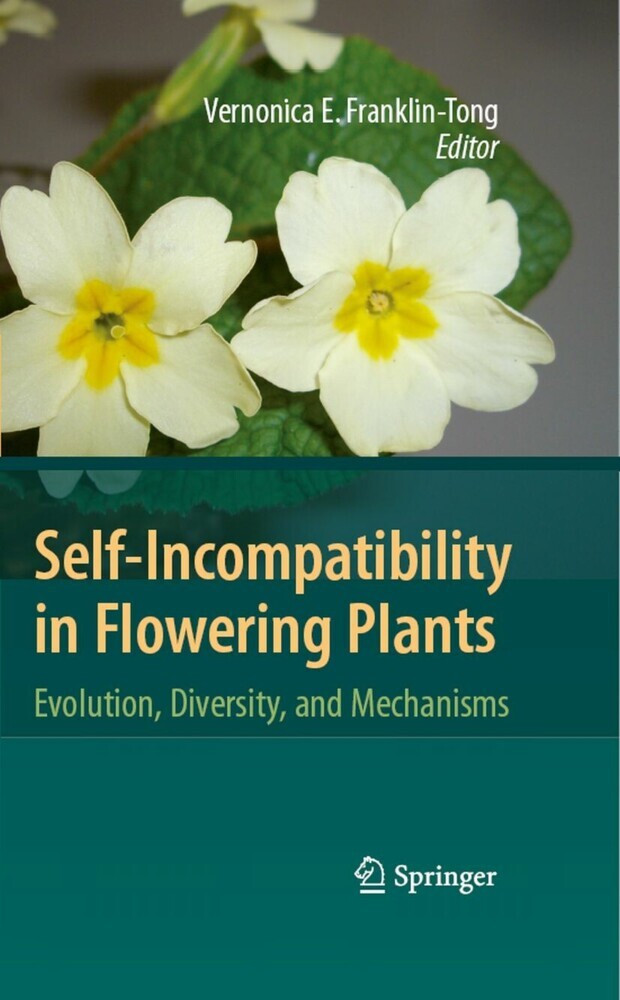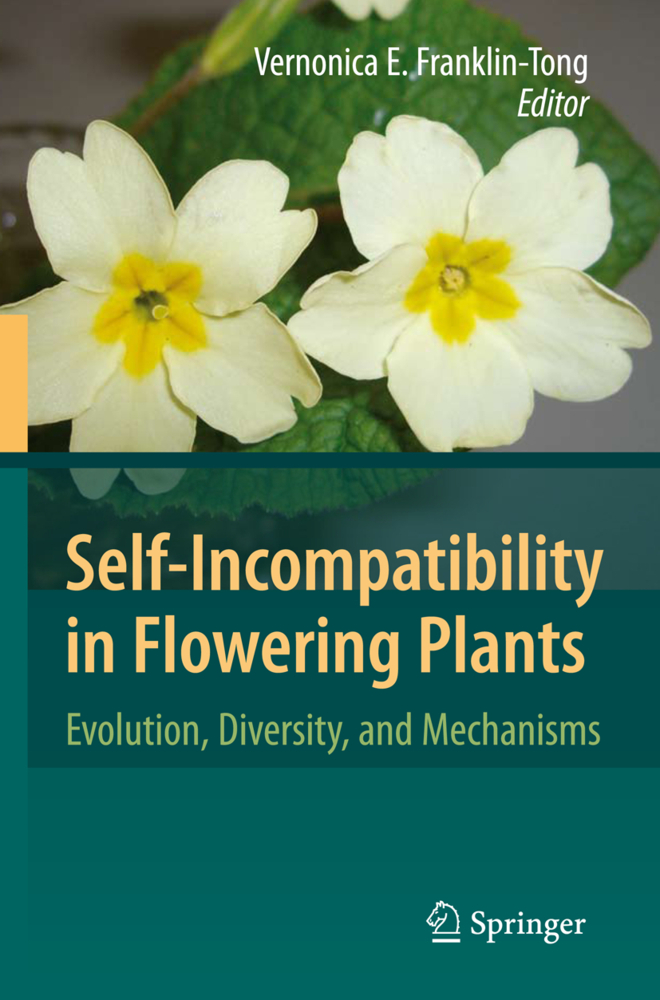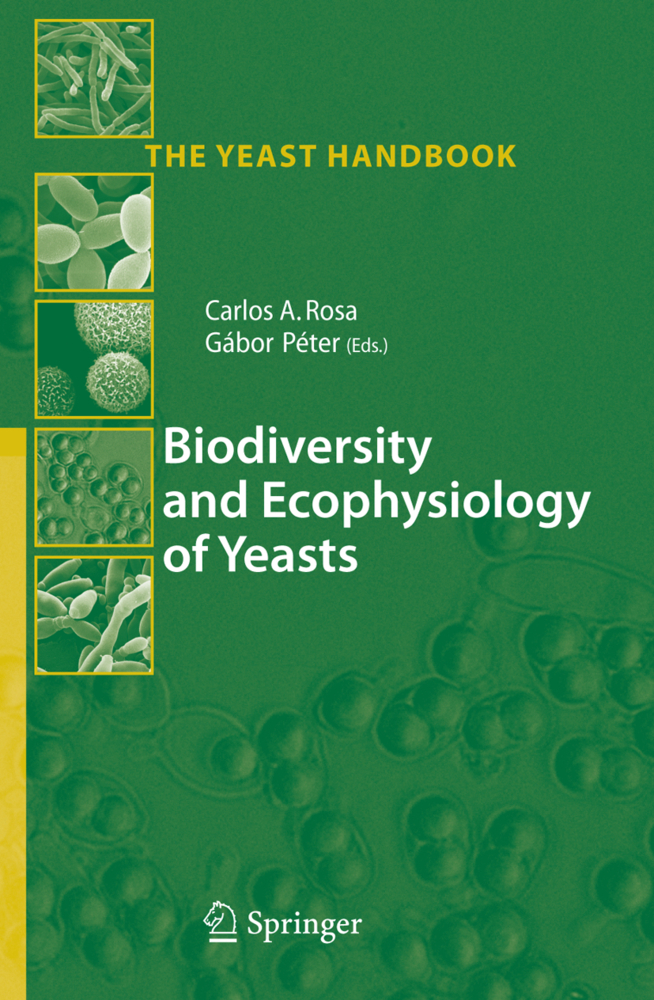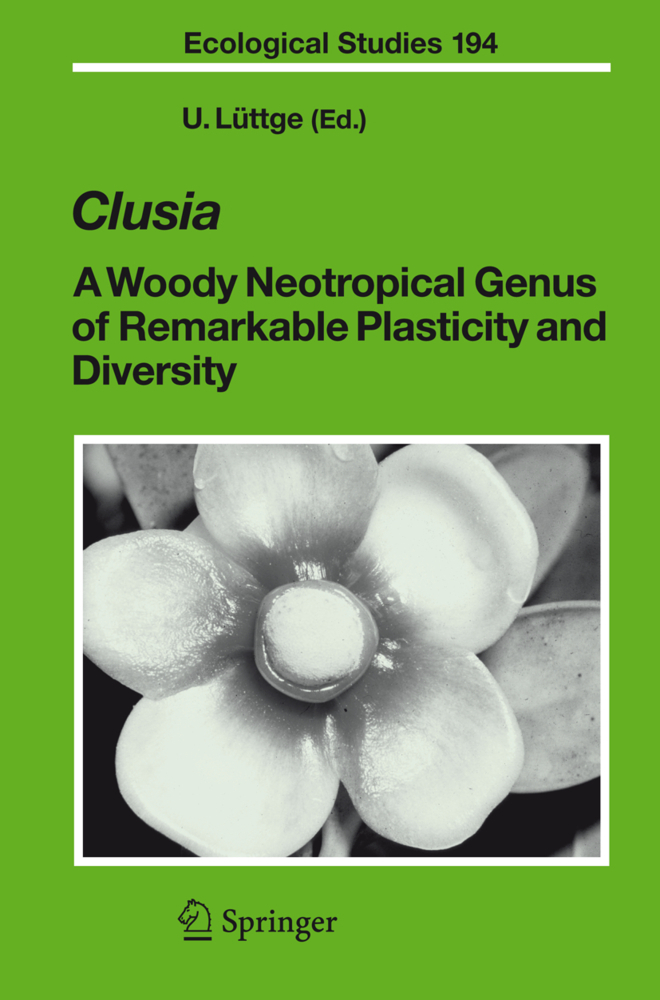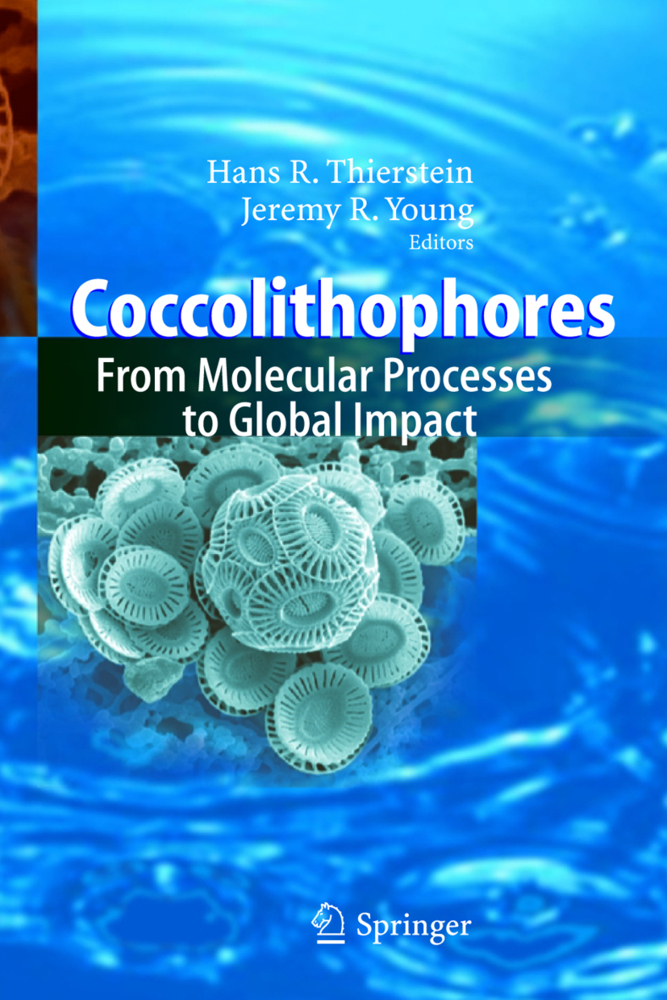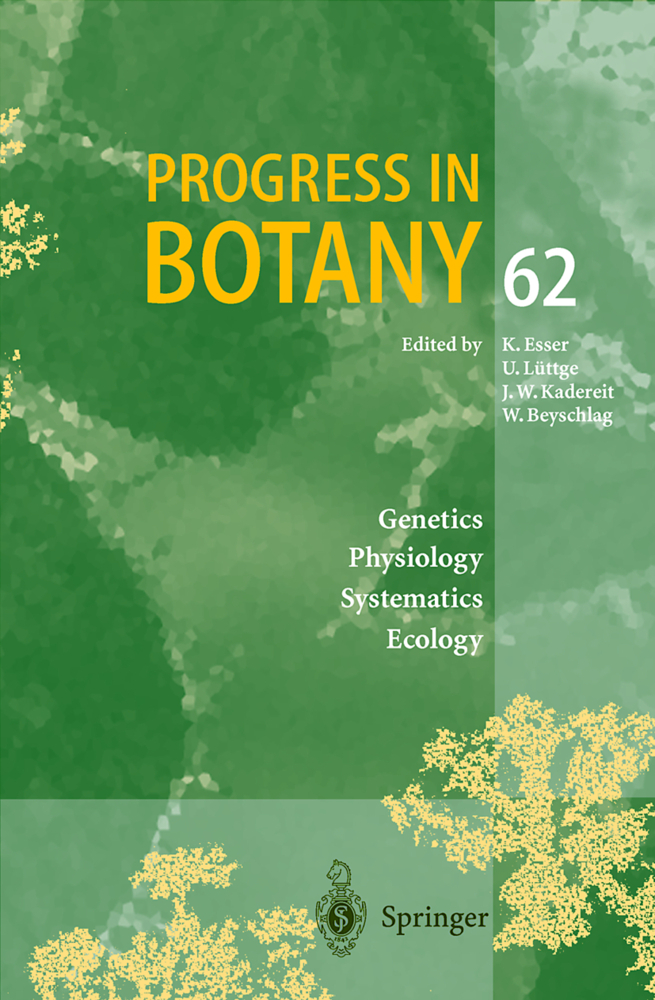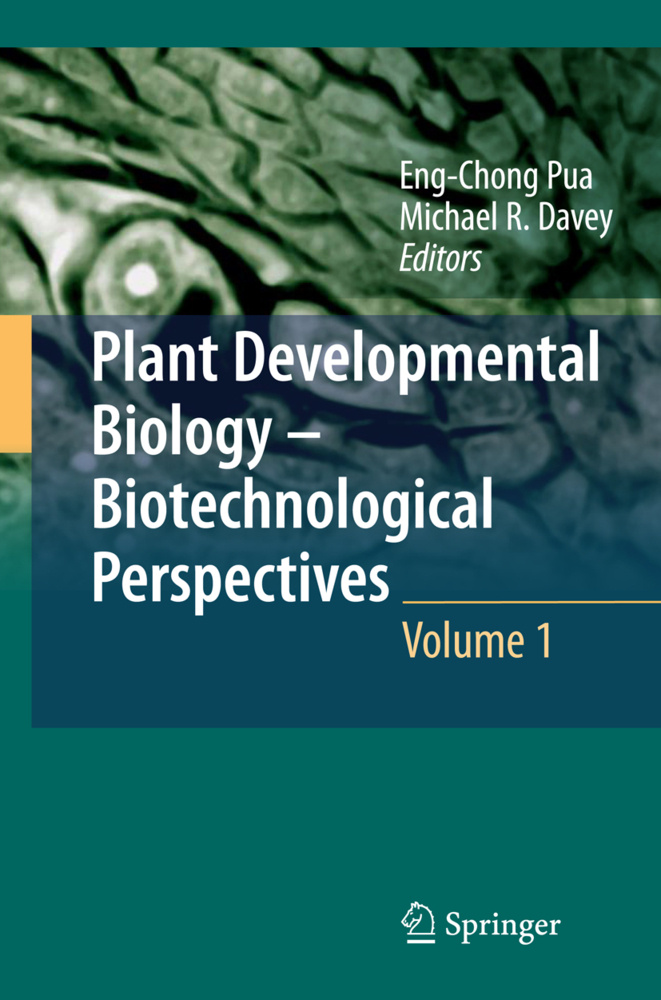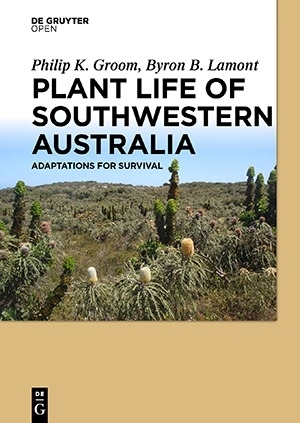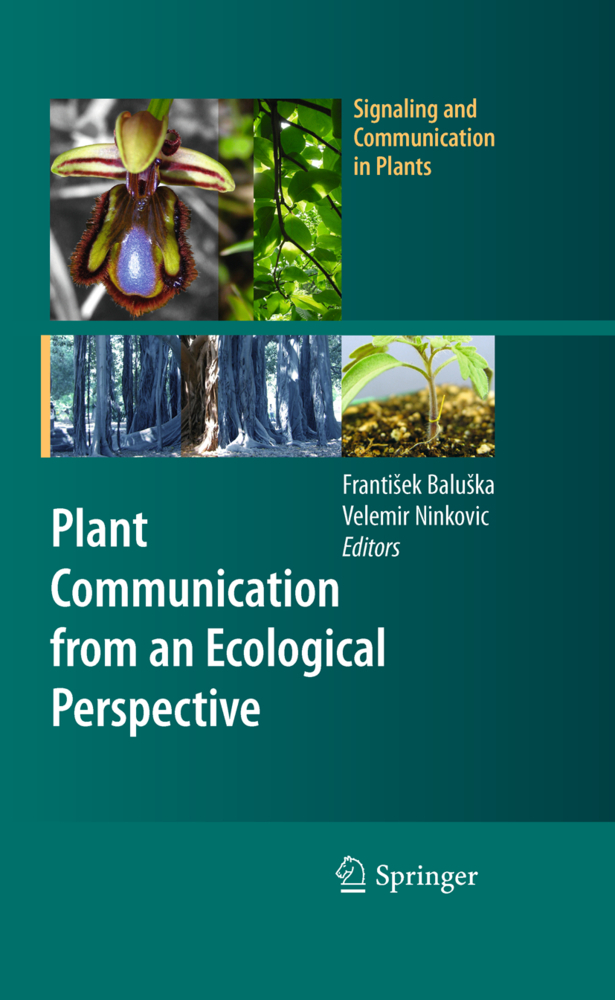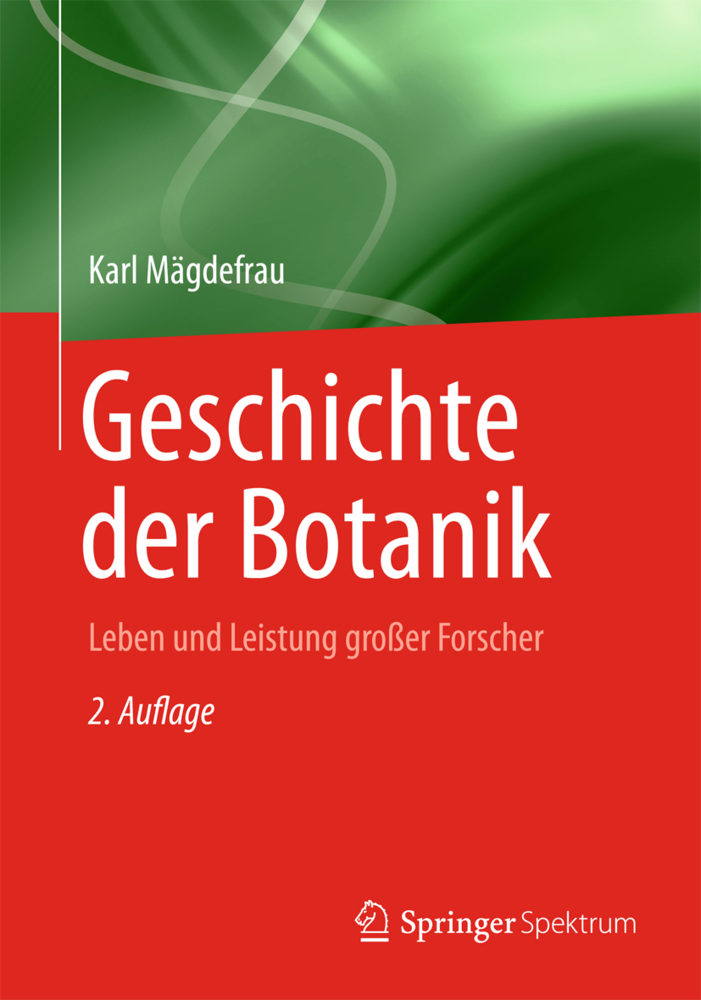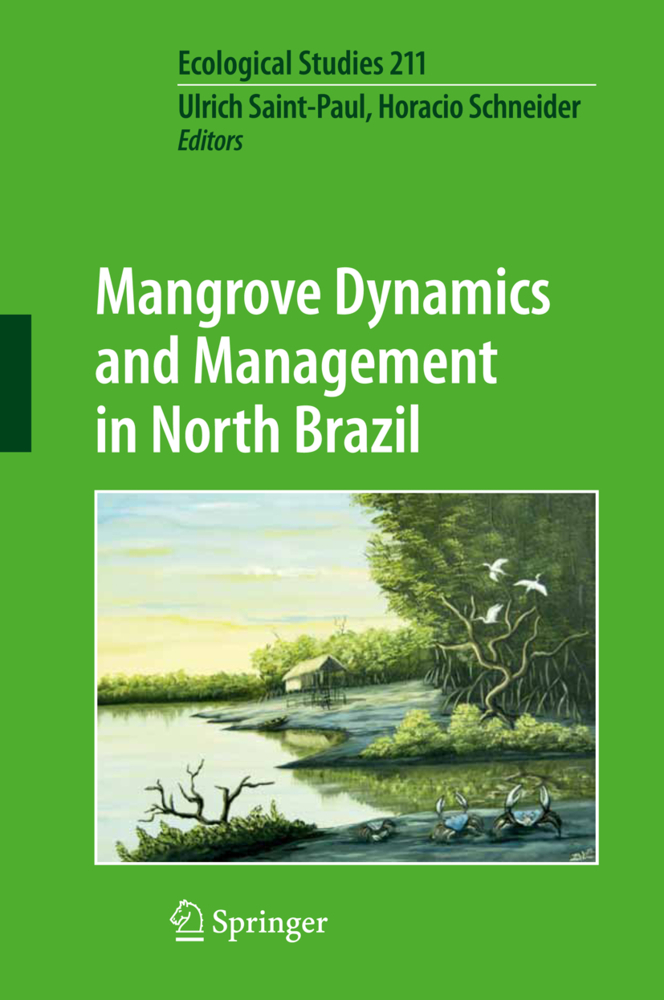Self-Incompatibility in Flowering Plants
Evolution, Diversity, and Mechanisms
Great progress has been made in our understanding of pollen-pistil interactions and self-incompatibility (SI) in flowering plants in the last few decades. This book covers a broad spectrum of research into SI, with accounts by internationally renowned scientists. It comprises two sections: Evolution and Population Genetics of SI, Molecular and Cell Biology of SI Systems. The reader will gain an insight into the diversity and complexity of these polymorphic cell-cell recognition and rejection systems. Heteromorphic and homomorphic SI systems and our current understanding of the evolution and phylogeny of these systems, based on the most recent molecular sequence data, are covered. Further, the book presents major advances in our knowledge of the pistil and pollen S -determinants and other unlinked components involved in SI, as well as the apparently diverse cellular regulatory mechanisms utilised to ensure inhibition of 'self' pollen.
1;Preface;62;Contents;103;Contributors;174;Glossary;205;Evolution and Population Genetics of Self- Incompatibility;395.1;New Insights on Heterostyly: Comparative Biology, Ecology and Genetics;405.1.1;Abbreviations;405.1.2;1.1 Introduction;415.1.3;1.2 Comparative Biology and Evolutionary History of Heterostyly;435.1.3.1;1.2.1 Phylogeny Reconstruction and Character Evolution;445.1.4;1.3 Function and Reproductive Ecology of Heterostyly;475.1.4.1;1.3.1 Function of Heterostyly;475.1.4.2;1.3.2 Floral Morph Ratios and Reproductive Success;495.1.5;1.4 Inheritance of Heterostyly and the Supergene Model;515.1.5.1;1.4.1 Inheritance of Distyly and Tristyly;515.1.5.2;1.4.2 Supergene Model;525.1.5.3;1.4.3 Mutational Analyses and the Study of Genetic Variants;565.1.6;1.5 Molecular Genetics;565.1.6.1;1.5.1 Theoretical Models and Predictions;575.1.6.2;1.5.2 Protein Profiles;595.1.6.3;1.5.3 mRNA Expression;595.1.6.4;1.5.4 Genetic Localization;605.1.7;1.6 Concluding Remarks;625.1.8;References;635.2;Genetic and Environmental Causes and Evolutionary Consequences of Variations in Self- Fertility in Self Incompatible Species;705.2.1;Abbreviations;705.2.2;2.1 Introduction;715.2.3;2.2 Genetics of Self-Fertility;725.2.3.1;2.2.1 Mutations Affecting the S-locus;735.2.3.2;2.2.2 Unlinked Modifiers of SI;745.2.3.3;2.2.3 Plasticity in Self-Fertility;775.2.3.4;2.2.4 Summary of Genetics of Self-Fertility;785.2.4;2.3 Fate of Self-Fertility Genes;795.2.4.1;2.3.1 Conditions for Stable Polymorphisms;805.2.4.2;2.3.2 Summary and Conclusions Concerning Stable Polymorphisms;825.2.5;References;845.3;On the Evolutionary Modification of Self- Incompatibility: Implications of Partial Clonality for Allelic Diversity and Genealogical Structure;895.3.1;Abbreviations;895.3.2;3.1 Introduction;905.3.3;3.2 Mating System Dynamics;915.3.3.1;3.2.1 Relative Transition Rates;915.3.3.2;3.2.2 Multiple Origins of SC in Arabidopsis;915.3.3.3;3.2.3 Modified Forms of SI;925.3.4;3.3 S-Locus Evolution Under Partial Clonality;935.3.4.1;3.3.1 Diffusion Approximation;935.3.4.2;3.3.2 S-Allele Number and Frequency;965.3.4.3;3.3.3 Age of the Root;985.3.5;3.4 Discussion ;1015.3.5.1;3.4.1 Clonality in the Solanaceae;1015.3.5.2;3.4.2 Evolutionary Stability of Partial SI;1015.3.5.3;3.4.3 Paradoxical Effects on Mating Systems;1025.3.6;3.5 Conclusions;1035.3.7;Appendix 1: Diffusion Equation Approximation;1045.3.8;Appendix 2: Simulations;1055.3.9;References;1055.4;Evolution and Phylogeny of Self-Incompatibility Systems in Angiosperms;1085.4.1;Abbreviations;1085.4.2;4.1 Introduction;1095.4.2.1;4.1.1 Diversity of SI Systems in Angiosperms;1105.4.2.2;4.1.2 Evolutionary Origin(s) of SI Systems;1115.4.3;4.2 Was Self-Incompatibility Present in the First Angiosperms?;1125.4.3.1;4.2.1 Self-Incompatibility in Basal Angiosperms;1135.4.3.2;4.2.2 Self-Incompatibility in the Monocots;1155.4.4;4.3 Phylogenetic Distribution of SI Systems;1165.4.4.1;4.3.1 Late-Acting Ovarian Self Incompatibility (OSI);1195.4.4.2;4.3.2 Gametophytic Self-Incompatibility (GSI);1215.4.4.3;4.3.3 Sporophytic Self-Incompatibility (SSI);1235.4.5;4.4 The Relationship Between GSI and SSI;1245.4.6;4.5 Discussion;1265.4.7;References;1305.5;What Genealogies of S-alleles Tell Us;1375.5.1;Abbreviations;1375.5.2;5.1 Introduction;1385.5.3;5.2 Long-Term Demographic Information from the S-locus;1395.5.4;5.3 Implications of Shared Ancestral Polymorphism;1425.5.4.1;5.3.1 Tracing the History of Mating System Change;1425.5.4.2;5.3.2 Diversification Rate Differences and Character State Reconstruction;1445.5.5;5.4 The Pace of New Allele Formation;1455.5.6;5.5 Remaining Issues of S-RNase Evolution;1465.5.7;5.6 Pollen Specificity Genes;1485.5.8;5.7 Conclusions;1515.5.9;References;1515.6;Self-Incompatibility and Evolution of Mating Systems in the Brassicaceae;1565.6.1;Abbreviations;1565.6.2;6.1 Introduction;1575.6.3;6.2 Structural and Sequence Diversification of S-locus Haplotypes
Franklin-Tong, Vernonica E.
| ISBN | 9783540684862 |
|---|---|
| Artikelnummer | 9783540684862 |
| Medientyp | E-Book - PDF |
| Auflage | 2. Aufl. |
| Copyrightjahr | 2008 |
| Verlag | Springer-Verlag |
| Umfang | 313 Seiten |
| Sprache | Englisch |
| Kopierschutz | Digitales Wasserzeichen |

